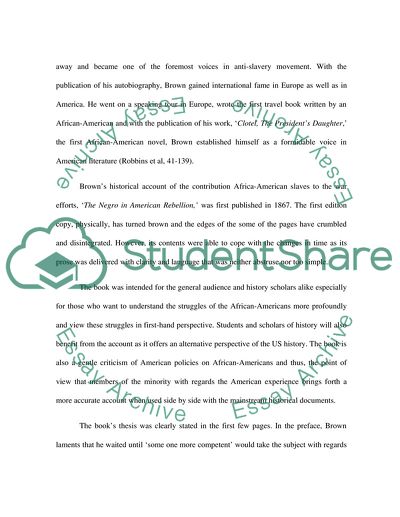Cite this document
(“U.S. History from 1700 to 1877 Essay Example | Topics and Well Written Essays - 1000 words”, n.d.)
U.S. History from 1700 to 1877 Essay Example | Topics and Well Written Essays - 1000 words. Retrieved from https://studentshare.org/history/1550639-us-history-from-1700-to-1877
U.S. History from 1700 to 1877 Essay Example | Topics and Well Written Essays - 1000 words. Retrieved from https://studentshare.org/history/1550639-us-history-from-1700-to-1877
(U.S. History from 1700 to 1877 Essay Example | Topics and Well Written Essays - 1000 Words)
U.S. History from 1700 to 1877 Essay Example | Topics and Well Written Essays - 1000 Words. https://studentshare.org/history/1550639-us-history-from-1700-to-1877.
U.S. History from 1700 to 1877 Essay Example | Topics and Well Written Essays - 1000 Words. https://studentshare.org/history/1550639-us-history-from-1700-to-1877.
“U.S. History from 1700 to 1877 Essay Example | Topics and Well Written Essays - 1000 Words”, n.d. https://studentshare.org/history/1550639-us-history-from-1700-to-1877.


